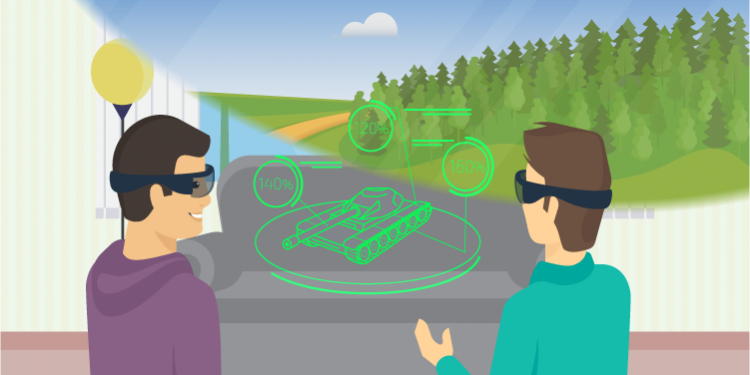Virtual Reality is the future, in some part, but how that future will be integrated is still unknown. One of the various use cases for VR is its effective use as a training tool. Let’s explore a few methods some popular companies have introduced to help them train their employees better.
Volkswagen has spearheaded this approach by partnering up with VR production studio Innoactive to release a VR platform called Volkswagen Digital Reality Hub Group. They will use this platform to upload training content for their employees all over the world. The training tools will be everything from shop safety to line assembly training. Very cool stuff! The best part is they’re planning on training somewhere in the neighbourhood of 10 000 employees this year alone. No small approach to this, they are going in full swing. Volkswagen said they are building a platform rather than an experience because they can add and remove content as they need. They already have sections for Audi, Volkswagen and specific training tasks as well as virtual learning, with full avatars and voice chat so a training supervisor from another country can train them without the need of flying out.
Check out the following image to get a glimpse into what their training looks like!

One of the main things that VR is great for is placing you in an environment as if you were really there. The pressure of what is around you genuinely affects you, which is why Walmart knew it would be perfect for them to simulate the crowds on Black Friday. With the feeling of fear while being trapped in a crowd, employees would be better prepared on how to handle situations that could arise on those crazy days. Working with STRIVR, they used footage filmed on previous “Black Friday’s” and stitched together an informative and equally horrifying video of how people act while grabbing for the best deals.
Want to explore the technology of Virtual Reality for yourself?
Check out our Corporate Events info in consideration for your next team building activity!
Lastly I want to talk a bit more generally about the use cases of VR as a training tool. Mostly to answer the question of how it can work and why is it more effective than traditional training methods? It’s very simple: Rather than reading or sitting in a lecture, with VR you can physically do the task you are trying to complete. Visualizing all the steps in a controlled, safe environment has shown that information retention is as high as 80% versus just a 20% retention from traditional training.
Hopefully this gives you a bit of perspective on how VR works as a training tool as well as you’ve seen a few companies who are currently working with it and implementing it within their training.







